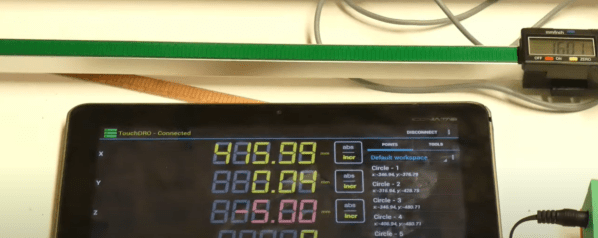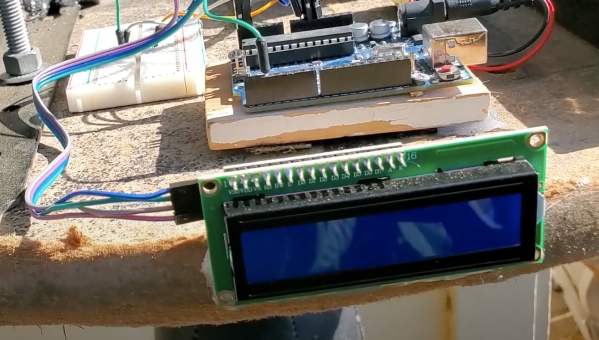Candle clocks were once an easy way to build a clock without using complex mechanical devices: just observe how quickly a thin candle burns down, mark an identical candle with periodic gradations, and you had a simple timer. These were the first candle-based timekeeping devices, but as [Tim]’s flicker-based oscillator demonstrates, they’re certainly not the only way to keep time with a flame.
Generally speaking, modern candles minimize flickering by using a wick that’s designed to balance the amount of wax and air drawn into the flame. However, when several candles are brought close together, their flames begin to interfere with each other, causing them to flicker in synchrony. The frequency of flickering is a function of gravity and flame diameter alone, so a bundle of three candles will flicker at a fairly constant frequency; in [Tim]’s case, it was about 9.9 Hz.
To sense this oscillation, [Tim] originally used a phototransistor to detect the flame’s light, but he wanted an even simpler solution. He positioned a wire just above the flame, so that as it flickered it would periodically contact the wire. A flame has a different dielectric constant than air does, so the capacitance between this and another wire wrapped around the bundle of candles fluctuates with the flame. To sense this, he used a CH32V003 microcontroller, which reads capacitance, performs some signal processing to get a clean signal, counts oscillations, and uses this time signal to blink an LED once a second. The final result is unusually mesmerizing for a blinking LED.
In something of the reverse of this project, we’ve also seen an oscillator used for an (artificial) candle. There’s also a surprising amount of science that can be learned by studying candles.
Continue reading “2025 One Hertz Challenge: A Flaming Oscillator And A New Take On The Candle Clock”














